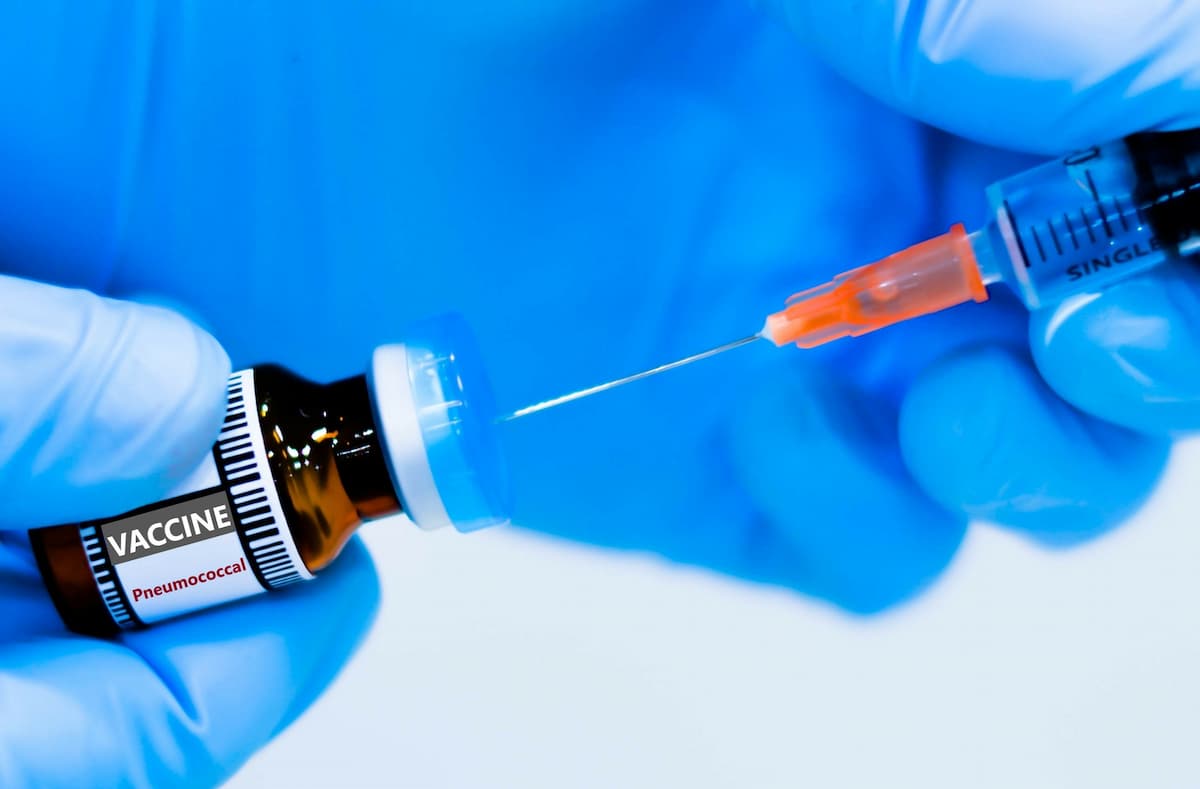Article
HIV Intasome Blueprint to Improve Future Treatment Options
Author(s):
Scientists solve structural details of HIV machinery.
The atomic structure of a key piece of HIV machinery has finally been solved, according to a study published in Science.
HIV is difficult to cure because of the virus’ ability to evade treatment and hide in reservoirs. Despite the efficacy of integrase strand transfer inhibitors (INSTIs)—–which target the intasome and are approved to treat HIV––scientists have a limited understanding of the precise mechanism of action of INSTs. Understanding is also limited for how the virus mounts resistance via inference of the structures of a similar retrovirus called the prototype foamy virus (PFV) according to the study.
HIV is a retrovirus that inserts a DNA copy of its RNA genome into the host’s DNA by using the intasome, according to the study. The intasome cuts and pastes viral DNA using enzymes called integrases.
In 1994, the structure of a small part of the integrases enzyme was determined, and since then, several other pieces of the HIV integrase, as well as the intasomes from other retroviruses, has been solved. However, until now, the entire structure of the HIV intasome remained unsolved.
For the study, the investigators used an imaging technique called single-particle cryo-electron microscopy (cryo-EM). Cryo-EM is a cutting-edge technique that has allowed scientists to image large, complex, and dynamic molecules, according to the study.
To improve the intasome’s ability to dissolve in liquid, the investigators attached a specific protein to it, and bathed the intasome in a syrup-like liquid called glycerol. Large amounts of salt were also added to prevent clumping. Next, the investigators cranked up the cryo-EM machine to spray more electron than usual at their sample.
All retroviral intasomes have core structural components that perform the integration functions, according to the study. The investigative team observed some differences when they compared the enzyme cores of HIV with those of PPV.
“Although these variations are minor, they could be a big deal for drug development and for understanding mechanisms of drug resistance,” said first author Dario Passos.
While observing the structures, the investigators were surprised to find that the HIV intasomes were more intricate and complex compared with other retroviruses. It was previously known that HIV intasomes have a 4-part core, but the results of the study showed that the intasomes have significantly more units—–what they call higher-order species.
The findings suggest that more complex versions of the intasome may be what helps HIV integrate itself into the host genome.
“We’re particularly excited about the ability to understand and combat mechanisms of viral resistance. HIV is a clever virus and has learned to evade even some of the best drugs on the market,” said senior author Dmitry Lyumkis. “Understanding the mechanisms of viral escape and developing more broadly applicable drugs will be a major direction in the future.”
The complexity of the HIV intasome provides a window into how nature has shaped its evolution from simpler retroviruses, Lyumkis added. HIV has the ability to perform functions that its relatives cannot, such as gain access to the cell’s nucleus through active transport instead of having to wait for the cell to divide.
“HIV is like the luxury care whereas other retroviruses are the economy models—–they’re both cars, but the HIV intasome contains important upgrades to do different jobs,” Lyumkis said.
Since there were different structures found in the samples, the investigators hypothesize that the HIV intasome could take multiple routes for assembly.
“That’s speculative at this point, but it’s an intriguing possibility and would build upon mounting evidence that certain macromolecular machines take different routes to assemble the final product,” Lyumkis said.
For the current study, the investigators focuses primarily on intasomes after they had assembled on host DNA, but future work will examine the structure prior to their landing on the host genome, and in the context of bound drugs.
Additionally, the investigators plan to increase the resolution of their structures from ~4 Angstrom resolution in the current study to ~2 Angstrom.
“Taking the car analogy further, if you really want to understand how the car works in order to modify its performance you can’t just look at a whole genome,” Lyumkis said. “You have to take it apart and dig inside to really understand it inside out.”
Passos added, “We must do the same with these complex molecular structures to better understand—–and target––viruses.”






